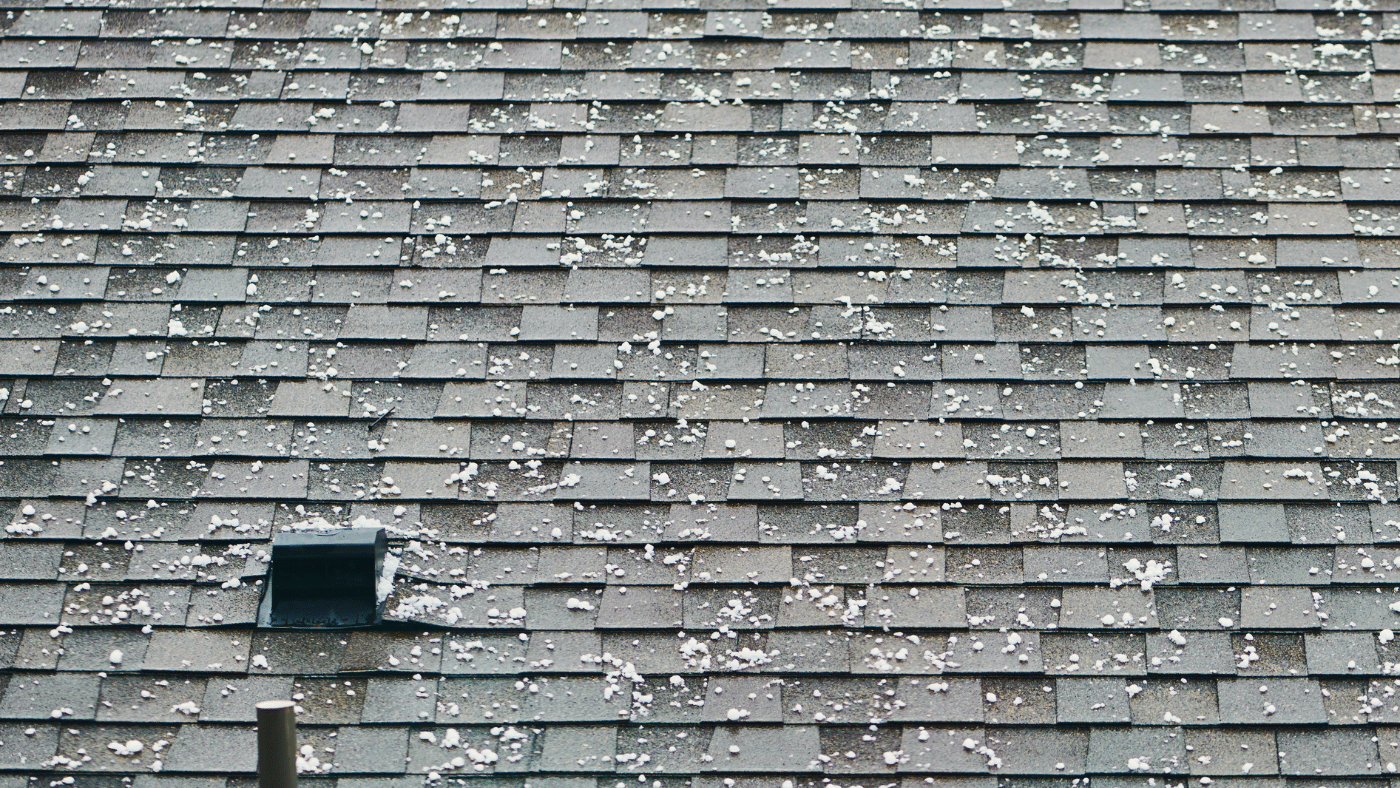Hail Damage to Shingles
This post
- Defines hail and how it is formed
- Details industry minimum thresholds for hail size
- Explains the design differences in asphalt composition shingles and what those differences mean for hail damage
- Provides insight into how to assess the extent of hail damage and what to look for to determine how recently a roof – and other building components – experienced hail impact
What is Hail?
In the atmosphere, tiny droplets of water swirl amidst the clouds. As temperatures plummet, these droplets transform into ice particles, which collide and merge to form larger spheres. When these spheres reach a critical mass, gravity pulls them earthward. Unfortunately, for the buildings below, they may be subject to the damaging impacts of these frozen spheres. However, not all ice stones are the same. They generally fall into three categories
- Graupel are soft, small pellets of ice that form by freezing around a snow crystal and are typically less than 0.2 inches (0.2”) in diameter.
- Sleet or ice pellets, are small ice particles that develop from melted ice that re-freezes prior to contacting the ground.
- Hail is frozen precipitation such as graupel or sleet that grows to at least 0.2”in size.
Of these, hail is the primary concern when it comes to damaging impacts, specifically on roofs.
Hail Size – and the Type of Shingle — Matters
A culmination of studies, tests and qualified inspectors have contributed to determining the minimum threshold sizes for hail that is capable of damaging common roofing materials. While the list is not long, this article focuses on asphalt composition shingles. For these shingles to be affected by hail, a minimum of 1.00” or 1.25” diameter hail (dependent on shingle type) is required to cause appreciable issues. The variance in minimum size is primarily because there are two different types of composition shingles:
Three-tab shingles (Figure 1) are composed of an asphalt base mat and adhesive with a fiberglass backing and layer of granules on the topside surface. These shingles typically are divided into three “tabs” on the exposed portion of the shingle. This style of shingle is generally able to withstand damaging impact by up to 1.00” size hail.
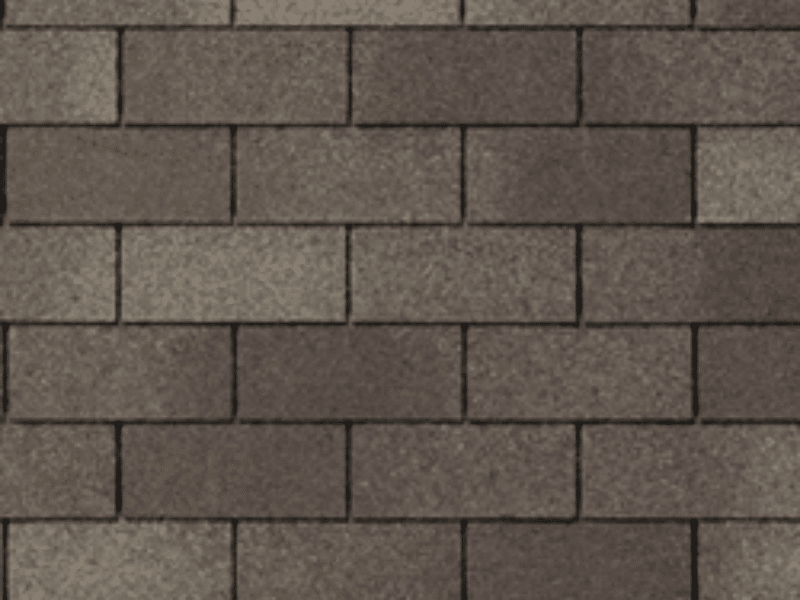
Figure 1: View of Three-Tab Shingles
Laminated, architectural or dimensional shingles are similarly composed; however, they typically have a thicker base mat, stronger adhesives and additional topside granules (Figure 2). These shingles provide a dimensional look due to multiple layers of material. This stronger composition of materials yields higher resistance to hailstone impact, generally resulting in a 1.25” diameter hailstone minimum threshold for damaging impact.
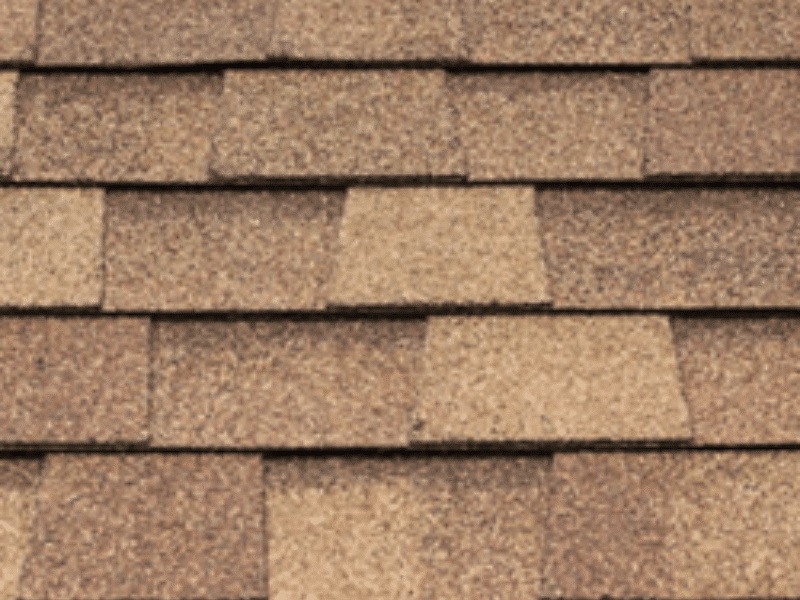
Figure 2: View of Laminated Shingles
Despite the differences, damage to three-tab and laminated shingles from hailstones are similar, and identifying damage is relatively uniform for both types.
Identifying Hail Damage to Asphalt Shingles
There are varying degrees of damage caused by hailstone impact on an asphalt shingle roof.
Commonly, hailstone impact results visually alters the appearance of a shingle by means of discoloration. This visual discoloration is known as spatter marks (Figure 3) and is the result of “slosh ball” type hail. These slosh balls remove dust, dirt and/or microbial growth from the shingles or other objects they hit. As such, these marks dissipate over time.
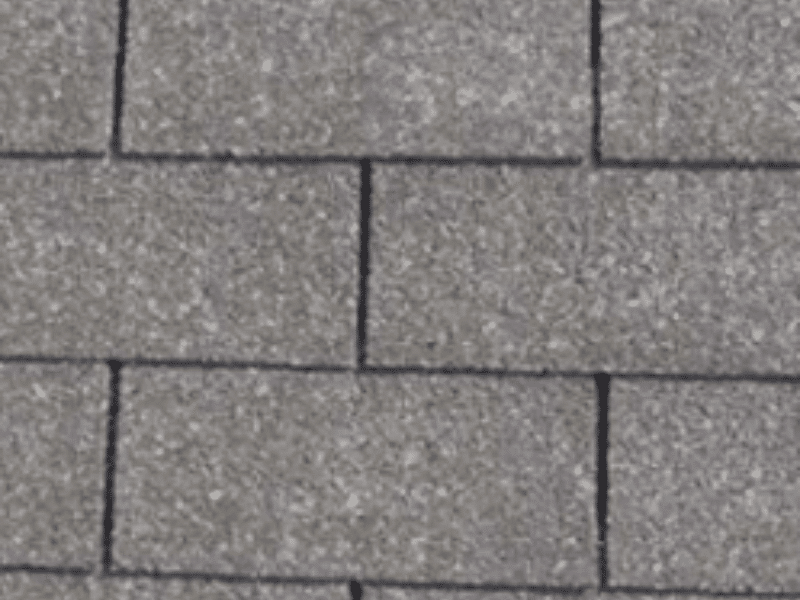
Figure 3: Spatter Mark on Shingle Surface
It is possible for hailstone impact to result in the embedment or removal of topside surface granules (Figure 4). Embedment of the granules can weaken the adhesive strength of the shingle, and when combined with the deformation of the shingle surface, can cause the granules to become more susceptible to removal from more routine weather events. It is worth noting that studies have shown that the deterioration incurred in this manner does not necessarily cause diminution of the water shedding capabilities of the roof, nor does it adversely affect the expected lifespan of the roof, as long as the impacted area remains covered in granules. It is only when the topside surface granules are removed, that the base mat is exposed to ultraviolet light, and the deterioration of the shingle is accelerated.
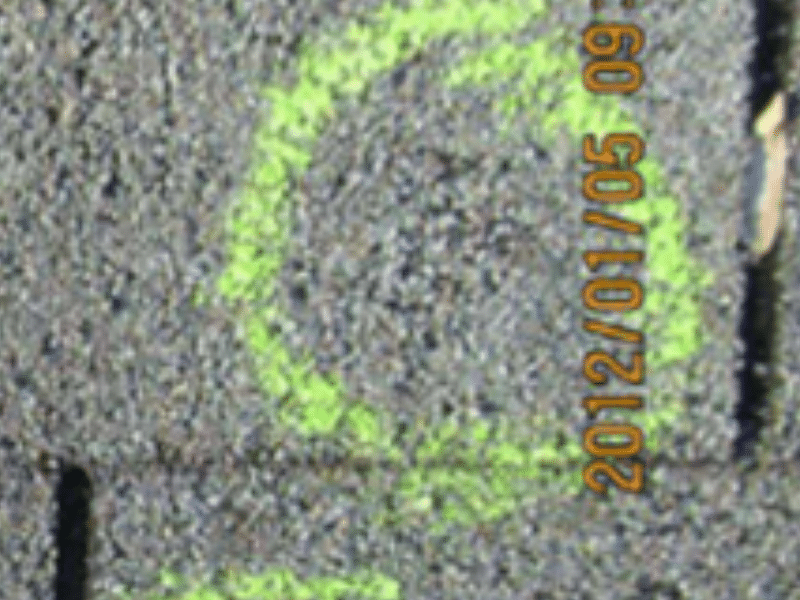
Figure 4: Embedded Granules on Shingle Surface
More severe hailstone impact immediately causes damage that diminishes the water shedding capabilities of the roof reducing the expected service life. In some instances, when hailstones hit the surface of a shingle, the underside incurs the maximum amount of tensile strain, resulting in a fracture to the underside. This fracture then propagates upward toward the granular surface. When a fracture occurs, it can lead to moisture infiltration through the fracture, causing leaks into the underlying roof structure (Figure 5).
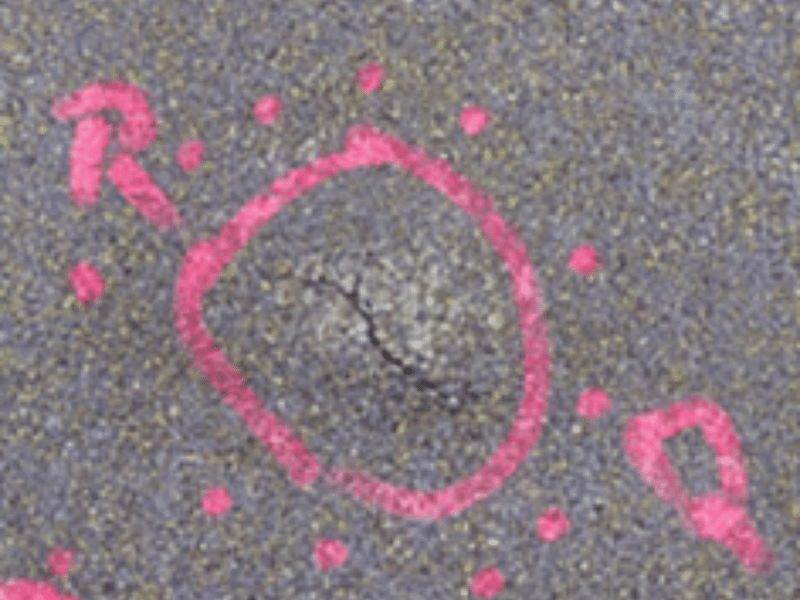
Figure 5: Fracture on Backside of Shingle
While the examination of the underside of a shingle is the simplest method to determine if fracturing occurred, it may not be possible to lift the shingle to examine the underside, and thus other methodologies must be employed. Pressing on the surface of the location of missing granules can be utilized to determine if there is localized softness or a “bruise” (Figure 6). These bruises are exactly as implied: they are soft spots in the shingle that can be compressed more easily than the typical shingle surface and are an indication that the base mat has been fractured. Additionally, exposed reinforcement fibers may be visible within the area of missing granules or bruise, giving further evidence that the base mat has been fractured. The presence of visible reinforcing fibers alone does not necessarily indicate hail damage has occurred.
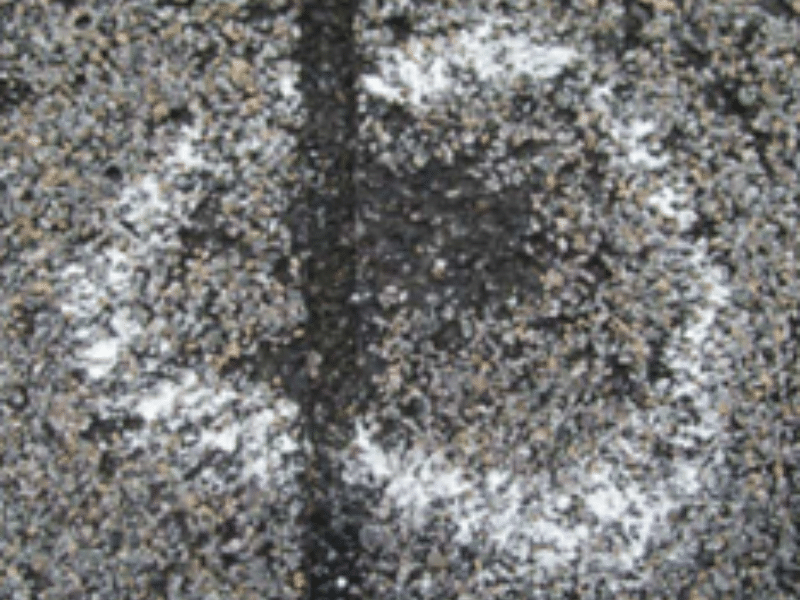
Figure 6: Bruised Shingle Surface
Determining Age of Hail Damage
It is important to know whether the damage identified is new or old to determine what needs to be done. Newer hail-damaged shingles will have a few key characteristics including the presence of embedded granules and minimal exposed fibers. Granules embedded in the asphalt shingle indicate that a significant amount of time has not yet passed, as weather events subsequent to the offending hail event have not yet removed the granules loosened by the impact. Once fibers and the base mat are exposed to the ultraviolet sunlight, the location deteriorates quicker, increasing the extent of exposed fibers – a likely indicator that the damage is not recent but has been evolving for some time.
Surrounding building materials, such as wood surfaces, can also assist in identifying the breadth and age of hail events. Hail impact on a wood surface commonly creates bright, exposed and clean-colored wood fibers at the site of the impact. As such, the presence of these bright, exposed and clean wood fibers would indicate that hailstones fell recently and likely affected the nearby shingle roof. Additionally, the presence of spatter marks on the shingles or other building materials can indicate a recent hail event. Spatter marks occur when impacting hail removes dirt, grime or oxidation from metals and other materials. These spatter marks typically last approximately 1.5 to 2 years before the surface returns to its original condition. The absence of spatter marks would indicate that hailstones have not fallen within approximately two years at that location, but does not altogether eliminate the possibility of an older hail occurrence. Inspection of other building components, such as windows, doors, trim and siding may yield additional information about the size, timing and direction of hail events. By combining the observed condition of shingles, following hailstone impact and comparing it with the surrounding building materials, a timeline can be generated of past hailstorm events. This timeline can be a valuable tool in assessing the integrity of the existing roof and determine a course of action.
For more information on identifying and assessing hail damage on asphalt roofs and other building components, please contact our experts. Visit our webpage to learn more about VERTEX’s Forensic services or call 888.298.5162 or submit an inquiry.
Author: Chandler Whitehead



